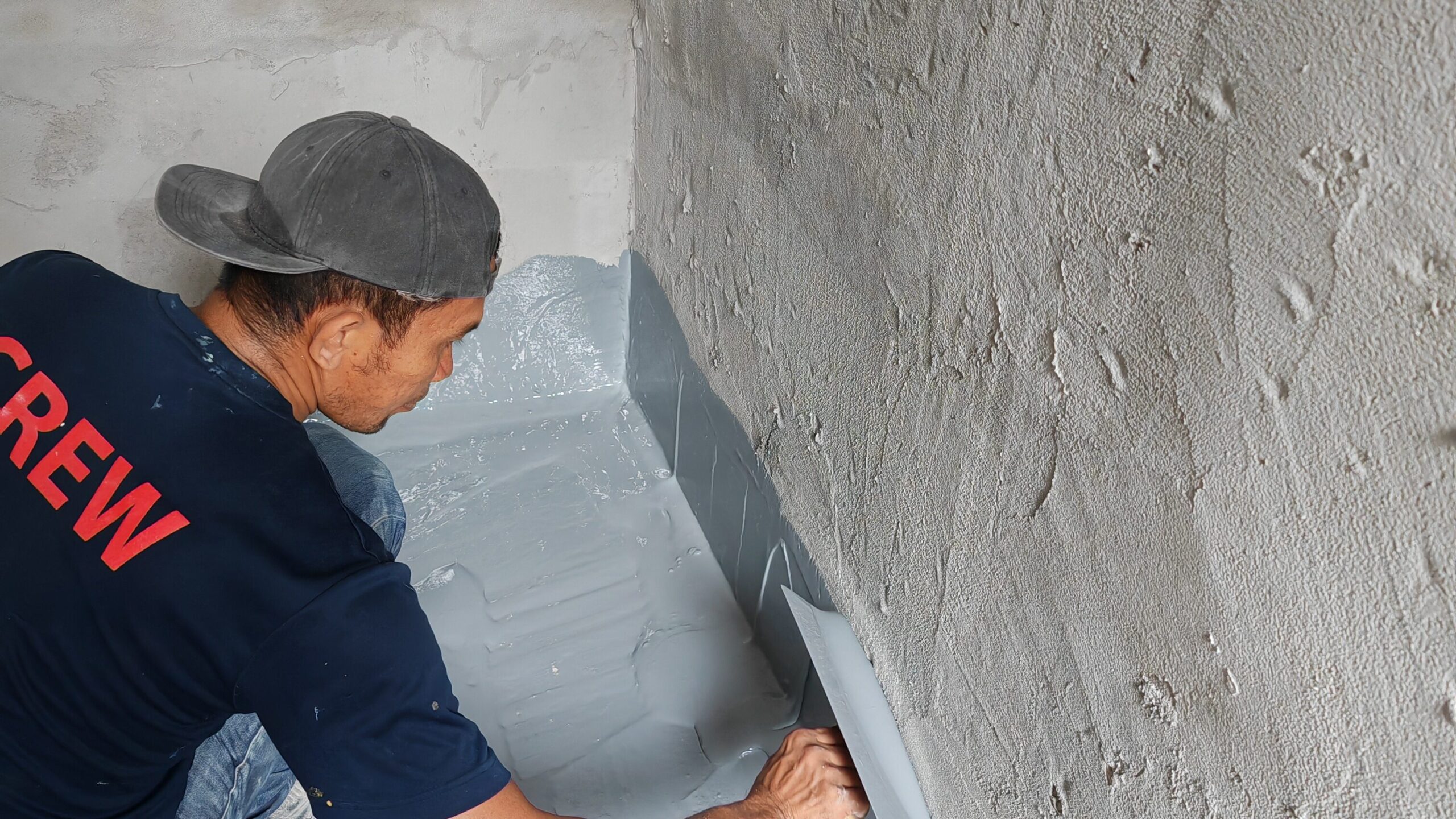As Malaysia continues to urbanise and modernise, the demand for sustainable building solutions has never been more urgent. At the forefront of this movement is the construction chemicals industry. It plays a critical role in enhancing building performance, durability, and environmental impact. From low-VOC coatings to eco-friendly waterproofing systems, sustainable construction chemicals are reshaping the landscape of Malaysian construction.
The Rise of Green Building Practices in Malaysia
With the Malaysian government promoting green initiatives, such as the Green Building Index (GBI) and GreenRE, stakeholders across the construction industry are under increasing pressure to adopt environmentally responsible practices. This includes using construction chemicals that are not only high in performance, but also low in environmental impact.
Sustainable construction chemicals help contribute to green certifications by reducing harmful emissions & improving indoor air quality. Using high performance materials also ensure long-lasting protection and reduces the need for frequent repairs and replacements.
Moving Beyond Traditional Formulations
Traditional construction chemicals often contain high levels of VOCs, isocyanates, or solvents. These can pose health risks to workers and occupants. In contrast, new-generation materials, such as silane-terminated polymers (STPs), water-based coatings, and solvent-free formulations offer the same (or better) performance with reduced environmental impact.

For example, STP-based coatings and sealants are free from isocyanates, highly flexible, and bond well to a wide variety of substrates. Their low-VOC, non-toxic formulations make them safer to apply, particularly in enclosed or high-traffic areas.
Case Studies & Project References
Across Malaysia, more developers and contractors are turning to eco-friendly construction chemicals. Recent projects have incorporated:
- Solvent-free, low VOC floor coatings in public spaces, such as MRT stations and schools.
- Silane-terminated polymer waterproofing & sealants in various refurbishment projects
- Water-based waterproofing membranes to replace cementitious materials (notoriously known for their high carbon footprint) in various residential developments
These real-world applications demonstrate that sustainable solutions can be seamlessly integrated into a variety of project types.





The Road Ahead
As Malaysia aligns itself with global sustainability goals, the construction chemicals sector must continue to innovate. Product manufacturers are expected to invest more in R&D to develop advanced materials that balance performance, cost-effectiveness, and environmental responsibility.
Contractors, consultants, and specifiers should remain informed and proactive in selecting materials that meet both technical requirements and sustainability benchmarks. By doing so, they not only future-proof their projects but also contribute to a greener, healthier built environment.
Conclusion
Sustainable construction chemicals are no longer a niche trend—they are a necessity. As the industry evolves, the push for materials that support long-term environmental goals while delivering superior performance will continue to shape the future of building in Malaysia. The time to build responsibly is now.


